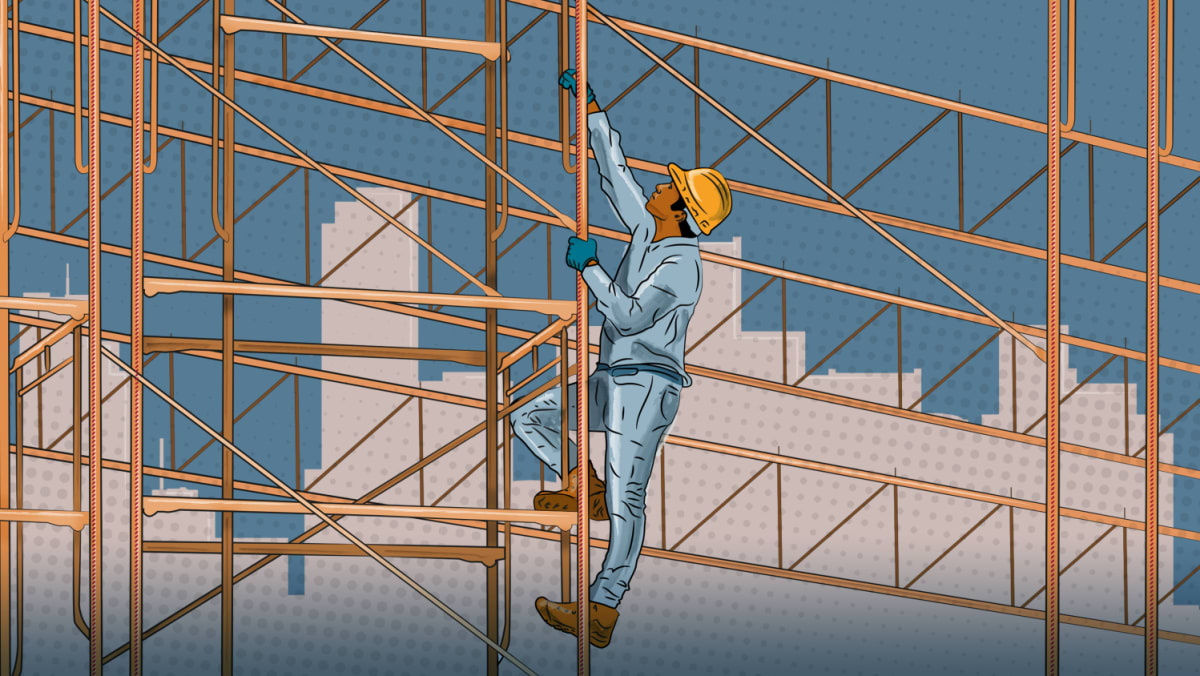IN FOCUS: Danger zones – how workplace safety lapses are costing lives
Mustafa returned to Bangladesh for a break just before the COVID-19 pandemic, then for two years, he couldn’t come back to Singapore to work as there were border restrictions.
Having run out of money, he wanted to come to Singapore as quickly as possible and took up any job that was available. He also paid more than S$4,000 in recruitment fees just to come here and work.
He said that if he had reported his employer, he would have been sent back home. “I have a lot of money I loan, so if I go back, the money how do I pay?” he asked. But now that he has injured his leg, he may not be able to do hard labour at all in the future.
Mr Luke Tan, case manager at the Humanitarian Organisation for Migration Economics (HOME), said that employers hold a lot of power over migrant workers because the recruitment costs are high and the workers go into debt to work here.
“The more costs they incur, the more fear they will have,” he said.
Mr Tan said that many companies took on too many projects or tried to cut costs by hiring too few workers and skimping on safety measures even before COVID-19. He feels that it should cost the companies more to violate safety regulations, as human lives are at stake.
“We hope that instead of some administrative punishments, the authorities could consider more severe, stern actions for employers who are found to be not complying with safety rules.”
SAVING COSTS, LACK OF EQUIPMENT
Similar to what Mustafa described, at times, the workers want to be safe but don’t have the resources to do so.
Workplace safety experts CNA talked to said that safety starts from the planning and budgeting stage, and sometimes, it’s too late by the time inspections come around.
Experienced safety consultant Han Wenqi said that in his years in the industry, he has often come across situations where managers and supervisors tell him that the developer never budgeted for the safety precautions he thinks are necessary.
There are times when workers are wearing safety harnesses, but these are not connected to a lifeline, or the lifelines are hooked to a point that won’t support the worker’s weight. The workers are still at risk of falling “just with an extra full-body harness”, he said, adding that this “goes back to time and money”.
Not only is the safety equipment expensive, anchor points for the lifelines should be installed by professional engineers after making the necessary calculations, he said. But some work sites skip this step.
“They will control the expenditure by forgoing the safety provision or not even having a safety provision,” he said. He thinks this is linked to how projects are often awarded to the lowest bidder.
For all the latest business News Click Here

